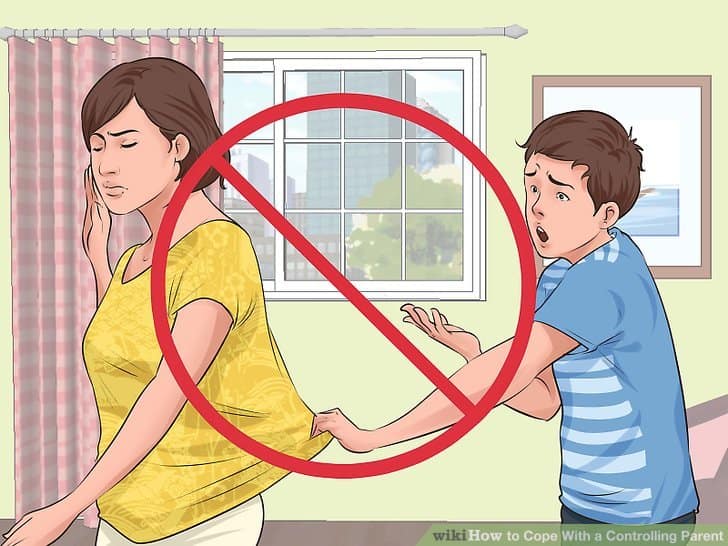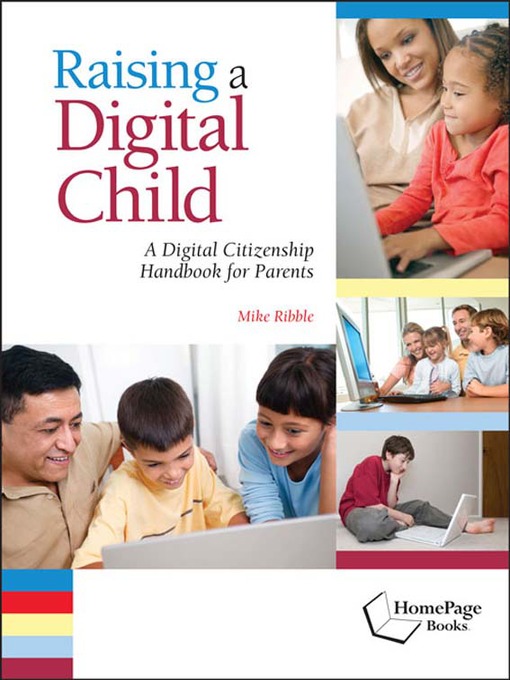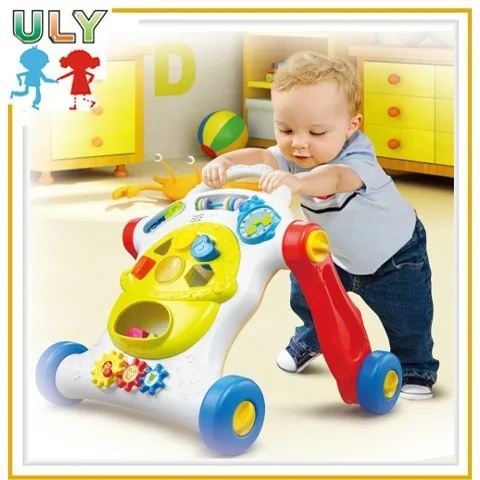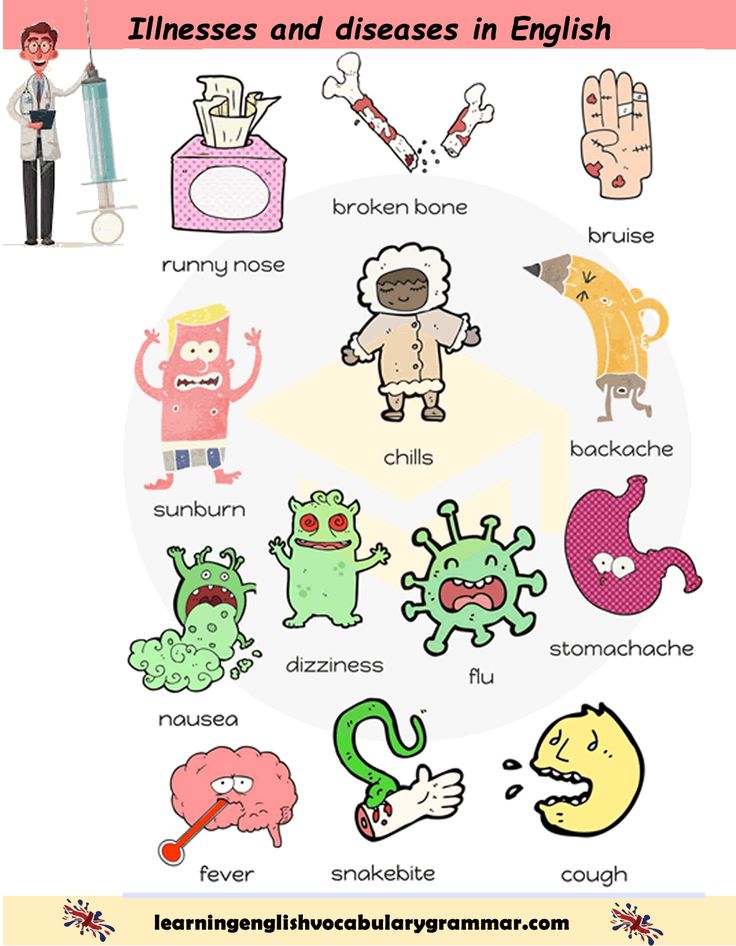How to deal with a difficult child in daycare
10 Tips to Handle a Child Acting Out at Daycare
This post may contain affiliate links. If you buy through the link, I may earn a commission. Learn More.
So your child is misbehaving at daycare. You aren’t the first parent to deal with this, and you won’t be the last.
Fortunately, there are many, many parents who have gone before you that have found good options for dealing with disruptive daycare behavior.
The following are some of my favorites.
*FYI, some of the links in this article about child misbehaving at daycare may be affiliate links. If you click and make a purchase, we may get a commission (at no extra cost to you). For more info, please see our disclaimer.
10 Tips to Handle a Child Acting Out at Daycare
You need help. I get it. All of us moms who have had children in daycare have had issues at one time or another. Try one (or more!) of these tips to help your child dial down the drama.
Find an affordable and qualified daycare center that fits your needs.
Start Searching TODAY
1. Look for Triggers
Ask your daycare provider if there is a specific time of the day when your child’s behavior worsens.
- Is it during nap time? Perhaps you have a restless child who can’t calm down enough to relax.
- Is it during drop-off? You will need to manage separation anxiety.
- Is it during the mid-afternoon? Perhaps your child is overly tired and/or over-stimulated.
There isn’t always a trigger for bad behavior, but looking for one is a good place to start.
Related: 10 Signs of a Bad Daycare
2. Follow a Steady Schedule
Daycares and nursery schools tend to operate on very regimented schedules. If your child is not used to having a scheduled nap, meal, and snack times, that could be part of the problem.
Enact a schedule at home to give your child more consistency throughout the day and night.
Kid’s Editable Daily Schedule Chart
Check out this kid’s daily scheduler. It might help you stay organized and keep a steady schedule with your child.
Check Price and Reviews
See Other Daily Routine Printables
Pro-Tip
If you have mommy guilt when sending your child to daycare, you’re probably not going to like this advice.
You really need to decide early if your kid is going to be a daycare kid or not.
The reason for that is because daycares have schedules they run, and if your kids aren’t regularly going to daycare, then that means they’re probably not running on a consistent schedule.
It really will make your life easier (and the daycare staff life easier) if you pick one or the other.
Also, on the days you have to keep your child home, either on the weekend or if the daycare is closed, find out what schedule the daycare runs and try to keep your child on that schedule.
3. Develop a Drop-Off Routine
Separation anxiety is one of the primary causes of bad daycare behavior. Create a routine during drop-off that gives your child a sense of normality each day.
The structure of the routine is less important than daily consistency. Something as simple as a hug, a kiss, and a goodbye done in the same order, every day, will cue your child that it is time to have fun with friends.
4. Have a Conversation
If you want to know why your child is being irritable or acting angry, all you have to do is ask. A toddler might not be able to put all of their feelings into words, but they should be able to give you an idea about what is causing friction.
If they can’t speak about it, ask them to draw a picture about something that frustrated them at daycare. Next, talk about those frustrations.
Encourage your child to step away and take a deep breath whenever something is upsetting them. Above all, let them know that they can always talk to you about those daily annoyances.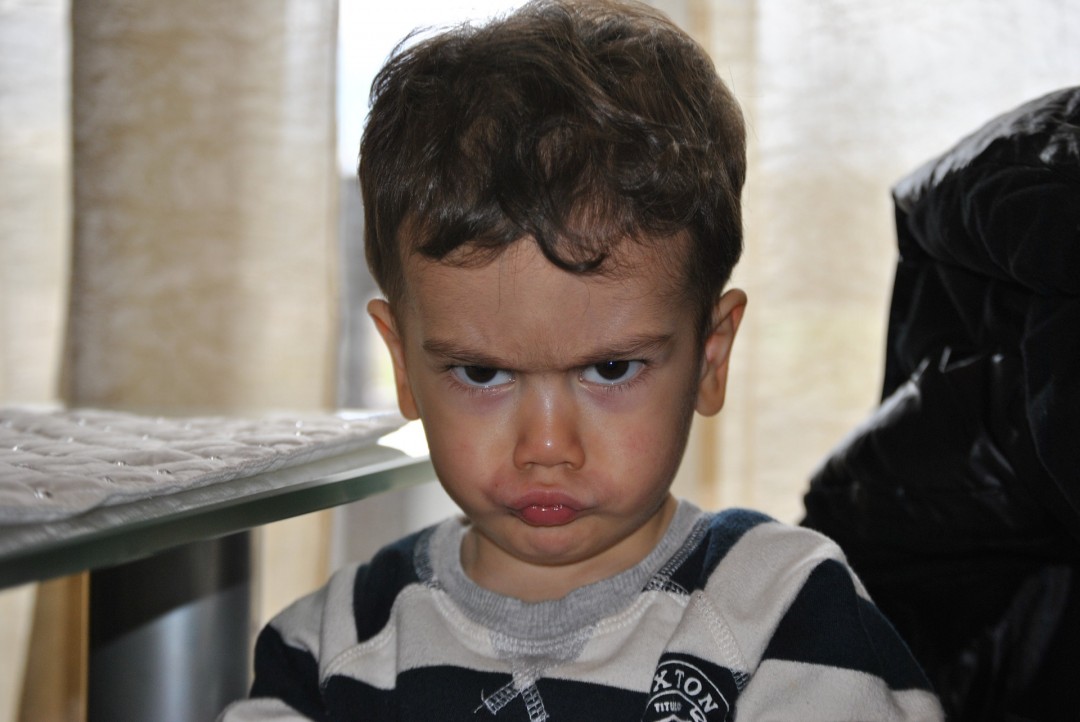
Find an affordable and qualified daycare center that fits your needs.
Start Searching TODAY
5. Do Yoga Together
Even a toddler is not too young to do yoga. The practice helps a person find calm and balance. Go to a mommy-and-me yoga class or develop your own routine at home.
You can teach your child some basic poses (asanas), but the main focus should be on breathing and relaxation. A child who is at peace at home should be able to find peace while in daycare.
6. Serve Nutritious Food
There is a strong connection between healthy eating and good behavior. According to the American Psychological Association, a child that doesn’t have a nutritious diet can suffer from irritability, behavioral problems, and social anxiety.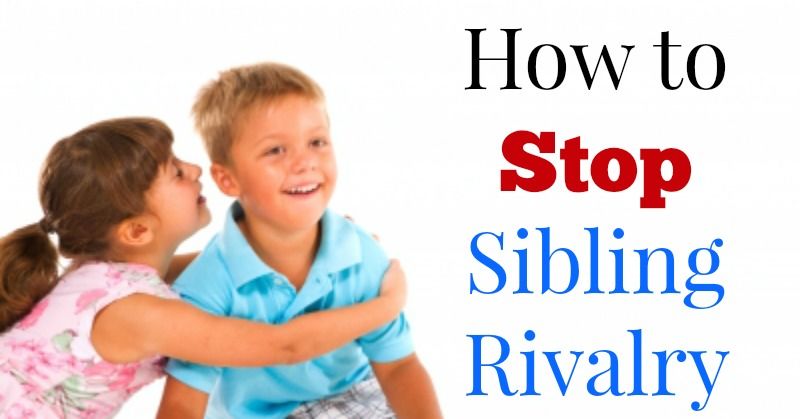
7. Add More Exercise
Children with a lot of energy to burn need a strong outlet. I know a child who was kicked out of two daycares for misbehavior. His mother was at a loss until she realized he was simply in need of more activity.
She enrolled him in toddler soccer, swimming lessons, and karate. Her schedule was overflowing, but it made a huge difference in his overall attitude. Within weeks he was happier, sleeping better, and performing well in his new daycare setting.
8. Sleep Tight
A tired child is a cranky child. A child who isn’t getting enough sleep at night is the crankiest of all. According to the National Sleep Foundation, toddlers need a minimum of 11 hours of sleep, while preschoolers need no less than 10.
There are a number of ways to increase the amount of sleep your child gets at night. Change the temperature in the room, develop a consistent bedtime routine and invest in a white noise machine. If these ideas don’t work, talk to your child’s pediatrician for more tips.
No products found.
Pro-Tip
If you’re concerned about the temperature in your child’s room, then consider getting a smart thermostat that also comes with a smart sensor.
If you place the extra sensor in your child’s room, it will allow you to keep a closer eye on the temperature in their room, and you can even have the thermostat adjust based on the temperature in their room.
I have the Ecobee Smart Thermostat, but most of the other major brands, including the Nest Thermostat, will give you similar options.
Sale
Ecobee Sweet Dreams Baby Kit
Comes with a thermostat, a sensor, and a smart camera so you can monitor your child's room both day and night.
9. Seek Outside Help
My best friend is a mother of four who has a degree in early childhood development. When her second oldest started acting out at daycare, she tried all of these tips and many others.
Nothing worked. Eventually, she chose to take her daughter to a therapist. She learned that her sweet four-year-old daughter had an anxiety disorder.
The therapist recommended stress-relieving activities and coping mechanisms that my friend would not have thought of on her own. Her daughter is now thriving thanks to professional help.
Pro-Tip
There’s nothing wrong with understanding where your limits are and seeking the help of a professional. Go here to find a therapist.
10. Monitor Your Own Behavior
Sometimes, the issue with the child is that they are modeling what they are seeing at home.
Watch how you handle conflict in your daily life. Do you yell, slam doors or over-react in other ways? If so, it could be you who needs the change. Your child might follow suit.
Find an affordable and qualified daycare center that fits your needs.
Start Searching TODAY
There are Consequences for a Young Child’s Continued Behavior Problems
These are just some of the ways you can help your child with their negative behavior at daycare. It’s important you keep trying until you find a technique that helps control your child’s misbehavior.
It’s important you keep trying until you find a technique that helps control your child’s misbehavior.
My fear is if you don’t do anything, your child care provider will get to a point where they’ll kick your child out of daycare. If it’s a good quality daycare, you don’t want that because from experience finding a good daycare is hard.
Have you tried any of these methods for managing your child’s outbursts? Do you have other tips that aren’t covered here? Share your story in the comments.
Have You Read These Other Articles?
- 15 Best Gifts for a Daycare Teacher
- My Favorite Positive Parenting Quotes
Frequently Asked Questions
21 Shares
Responding to Challenging Behaviors | Childcare.gov
Many times parents are not sure how to respond to their child’s challenging or unpredictable behaviors. Often, just when you feel that you’ve finally figured everything out and settled into a routine, something changes and it gets challenging again.
These changes may just be a normal part of a child’s growth and development, but they can still feel frustrating and overwhelming. For example, you might be struggling with your child’s crying or temper tantrums, communication, discipline, eating, toileting, sleeping, or getting along with others. Behaviors can also be influenced by an environment that is stressful or unhealthy, a major change or disruption in the family, or stresses experienced by the child, parents, or caregivers. These issues may not be as easy to address, and can feel overwhelming for both children and parents.
All of a child’s behaviors have meaning and communicate messages. Adults recognize some of these communications right away—like a toothless grin. Other behaviors may be confusing, and you can only take a guess at what they might mean. A child’s behavior might do any of the following:
-
Show how they feel about themselves
-
Communicate their needs and feelings
-
Establish important connections with the people around them
- Be part of exploring the world and how the world responds to them
Children, especially young children, are learning new ways to communicate all the time. At a young age, children don’t always have the skills to tell us what they want, need, or feel. When this happens, children are likely to behave in ways that are confusing or challenging to their parents and caregivers. It is up to us to try to understand children’s behaviors and help them learn to express their feelings in appropriate ways.
At a young age, children don’t always have the skills to tell us what they want, need, or feel. When this happens, children are likely to behave in ways that are confusing or challenging to their parents and caregivers. It is up to us to try to understand children’s behaviors and help them learn to express their feelings in appropriate ways.
Your child care provider can be a good partner and source of support when you are finding your child’s behavior challenging. A trusted provider can work with you to handle challenging behaviors in constructive ways. You are more likely to be successful if you and your provider are handling things the same way.
Talk with your provider about changes in your child and any concerns. Offer your own opinions and ask questions, and find out what your provider is seeing when you’re not there. When you’re ready, you can work together to create a plan to address the behavior.
The following list has some valuable tools that may give you new ideas for building a positive relationship with your child and responding to challenging behaviors. Though information can be a useful guide, remember that your child's path is unique and your parenting journey will be unique as well.
Though information can be a useful guide, remember that your child's path is unique and your parenting journey will be unique as well.
Resources
Parenting Essentials
This page may help you handle common parenting challenges. It has fun videos and “how-tos” for specific parenting skills.
Building Structure and Consistency to Support Positive Behavior
Learn about how building structure and consistency in your child’s everyday routines can support their development and encourage positive behavior.
Family Resources from the Center on the Social and Emotional Foundations for Early Learning
This website provides resources to help you support your child’s social and emotional development, and prepare for kindergarten. It has resources for children from birth to age 5. It provides information on teaching your child to express emotions, responding to biting, teaching your child to cooperate, and much more.
Head Start Center for Inclusion
This resource offers handouts that provide useful tips for families to promote positive behavior during common family activities and routines that can sometimes be challenging.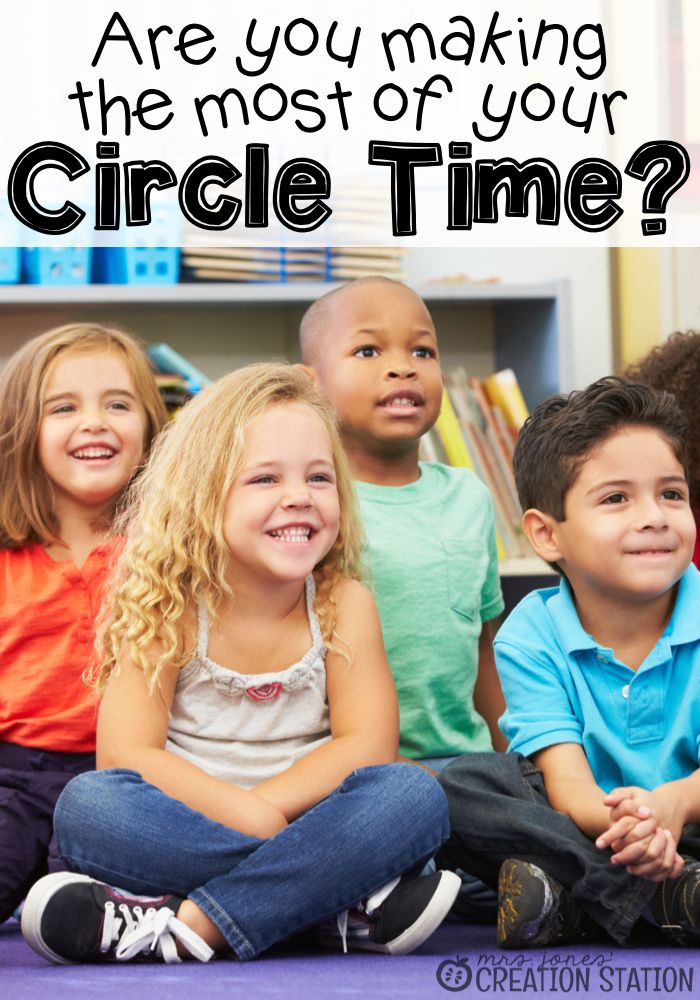
PBS for Parents: Understanding Emotions and Self Awareness
This website provides families with tips to help children name their feelings, understand them, and develop strategies for expressing them in healthy ways.
National Center for Effective Mental Health Consultation
This website provides families with practical guidance on ways to promote young children’s healthy social and emotional development and reduce challenging behaviors.
National Association for the Education of Young Children (NAEYC) Encouraging Positive Behavior and Reducing Challenging Behavior
This website provides families with helpful resources, including how to help your child develop self-regulation skills, how to address biting, and how to provide positive guidance and encourage compassion.
Zero to Three: Challenging Behaviors
This website provides several resources to help families address challenging behavior, including how to deal with tantrums, defiance, biting, and aggression.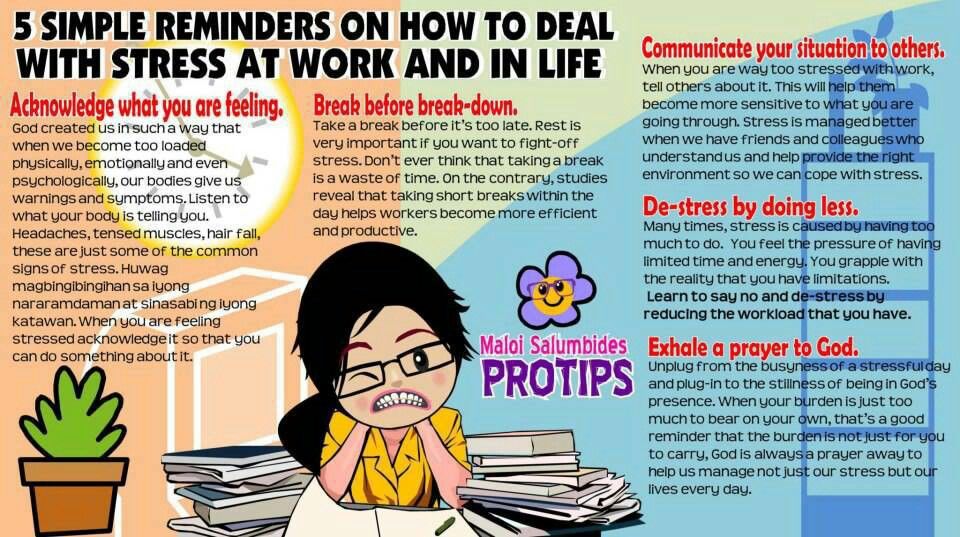
How to deal with a difficult child?
It happens that communication with a child brings more worries and sorrows than joy. If disobedience and disciplinary conflicts have become the rule rather than the exception, don't despair. It can be fixed, it just takes patience. Yes, and you will have to change yourself, but this is the only way to raise a difficult child.
Dig down to the roots
Why does the child not obey, does not want to understand, does everything wrong? nine0004
Psychologists have identified four main causes of serious behavioral disorders in children. The first is the fight for attention. A child who lacks attention attracts him with negative actions. Better comments and criticism than ignoring.
The second reason is the struggle for self-affirmation against excessive parental authority and guardianship. The meaning of actions in defiance, self-will and stubbornness of the child is to defend the right to make decisions for himself, to show that he is a person. The solution may not be the best, but it's your own. nine0005
The solution may not be the best, but it's your own. nine0005
The third reason is the desire to avenge the wrong done. At heart, the child suffers because of jealousy for the younger, quarrels between parents, unfair punishment, and on the surface - protests, disobedience, "deuces" at school. "May you feel as bad as me!"
The last reason is the loss of faith in one's own success. Having accumulated a bitter experience of failure and criticism in his address, the child loses self-confidence. "It still won't work!" Why do they do this? Yes, because they do not know how to do otherwise. Therefore, any serious or repeated violation of the child's behavior should be considered as a call for help. nine0005
Turn negativity into constructive
How can parents help a child?
Practice shows that a child can be helped if one understands the root cause of disobedience. For example, poor academic performance may be associated with a desire to attract attention or an unwillingness to obey someone else's will, with an attempt to "repay parents, with the need to avoid failure.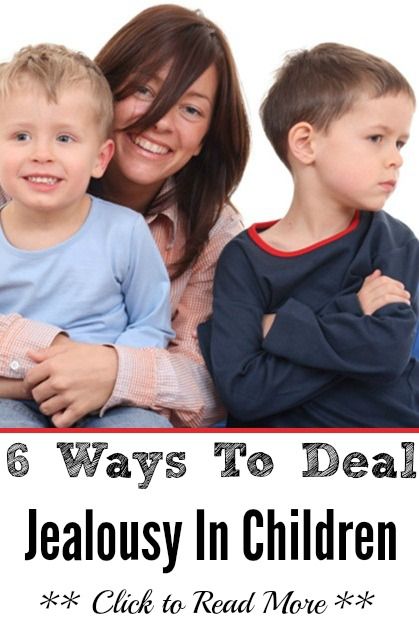 To identify the true cause of "bad" behavior, pay attention to your own feelings. If a child fights for attention with his antics, then parents become irritated. If the underlying reason for persistent disobedience is opposition to the will of the parent, then the latter develops anger. If the hidden reason is revenge, then the parent feels resentment. When a child deeply experiences his troubles, the parent may feel hopelessness and despair. nine0005
To identify the true cause of "bad" behavior, pay attention to your own feelings. If a child fights for attention with his antics, then parents become irritated. If the underlying reason for persistent disobedience is opposition to the will of the parent, then the latter develops anger. If the hidden reason is revenge, then the parent feels resentment. When a child deeply experiences his troubles, the parent may feel hopelessness and despair. nine0005
How should adults behave?
The most important thing is not to react in the same way. A difficult child needs help, and in no case in criticism and punishment. Notice your negative emotions and turn them into constructive action
Children of all ages can be difficult. And adults, what to say, sometimes like children. Perhaps the described model will help you find a way out in conflicts with adults as well. It is important to take a fresh look at any problematic situation. nine0005
Since 2019, MBDOU No. 244 has been assigned the status of a regional innovation platform for the implementation of the project "STEM education as a universal pedagogical means of implementing the Federal State Educational Standard".
244 has been assigned the status of a regional innovation platform for the implementation of the project "STEM education as a universal pedagogical means of implementing the Federal State Educational Standard".
Order of the Ministry of General and Vocational Education of the Rostov Region No. 945 dated December 12, 2019 “On Regional Innovation Sites”.
Innovative project "STEM-education as a universal pedagogical tool for the implementation of the Federal State Educational Standard DO
Passport of the innovative project.
Useful Links
Federal Center for Information and Educational Resources
Russian Education. Federal educational resource
Ministry of Education and Science of the Russian Federation
Official Internet portal of legal information
Official page with the results of an independent assessment of the quality of services provided by educational organizations
Ministry of Labor of the Russian Federation
STOP, CORRUPTION
2 Order
The document is signed with an electronic signature Kozlova Elena Vyacheslavovna
REMOMING: Municipal Budgetary Educational Institution of the city of Rostov-on-Don “Kindergarten No. 244”
244”
Creation date: 13.07.2021
issued: Federal Treasury
Certificate period: 07/13/2021-13.10.2022
Anti-Corruption Regulation
The document is signed with an electronic signature Kozlova Elena Vyacheslavovna
Organization: MUNICIPAL BUDGET PRESCHOOL EDUCATIONAL INSTITUTION OF THE CITY OF ROSTOV-ON-DON "KINDERGARTEN No. 244"
Creation date: 07/13/2021
Issued by: Federal Treasury
Certificate validity period: 07/13/2021 - 10/13/2022
Regulations on the identification and settlement of conflicts of interest of employees
The document is signed with an electronic signature Kozlova Elena Vyacheslavovna
Organization: MUNICIPAL BUDGET PRESCHOOL EDUCATIONAL INSTITUTION OF THE CITY OF ROSTOV-ON-DON "KINDERGARTEN No. 244"
Creation date: 13.07.2021 Nomination: 0005
Certificate validity period: 07/13/2021 - 10/13/2022
Action plan
The document was signed by the electronic signature of Kozlova Elena Vyacheslavovna
REMOMISE: Municipal Budgetary Educational Institution of the city of Rostov-on-Don “Kindergarten No.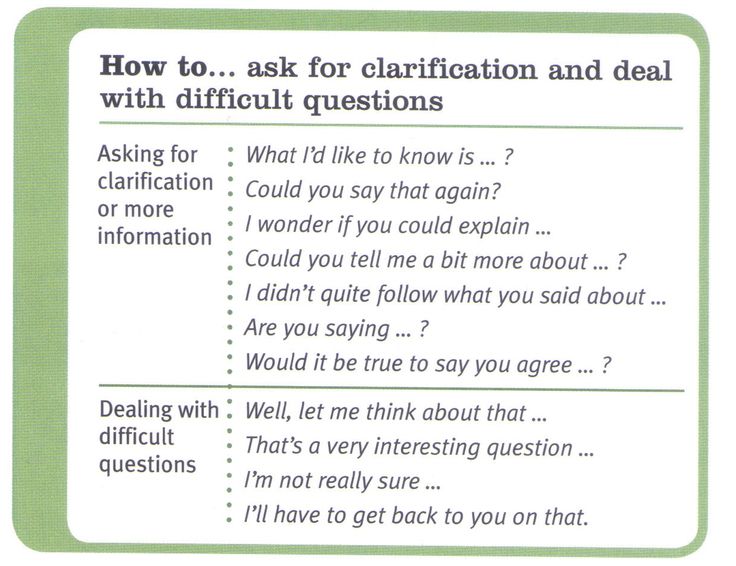 244”
244”
Date of creation: 13.07.2021
issued: Federal Treasury
Certificate period: 13.07.07.07.07.07.07 .2021 - 13.10.2022
Report on the implementation of the anti-corruption plan
The document was signed by the electronic signature of Kozlova Elena Vyacheslavovna
REMOMISE: Municipal Budgetary Educational Institution of the city of Rostov-on-Don “Kindergarten No. 244”
Date of creation: 13.07.2021
issued: Federal Treasury
Certificate period: 13.07.07.07.07.07.07 .2021 - 13.10.2022
Average salary of the management staff of MBDOU No. 244
The document is signed with an electronic signature Kozlova Elena Vyacheslavovna
REMOMING: Municipal Budgetary Educational Institution of the city of Rostov-on-Don “Kindergarten No. 244”
Creation date: 13.07.2021
issued: Federal Treasury
Certificate period: 07/13/2021-13.10.2022
Anti-Corruption Standard
The document is signed with an electronic signature Kozlova Elena Vyacheslavovna
Organization: MUNICIPAL BUDGET PRESCHOOL EDUCATIONAL INSTITUTION OF THE CITY OF ROSTOV-ON-DON "KINDERGARTEN No. 244"
244"
Creation date: 07/13/2021
Issued by: Federal Treasury
Certificate validity period: 07/13/2021 - 10/13/2022
Rules governing the exchange of
The document is signed with an electronic signature Kozlova Elena Vyacheslavovna
Organization: MUNICIPAL BUDGET PRESCHOOL EDUCATIONAL INSTITUTION OF THE CITY OF ROSTOV-ON-DON "KINDERGARTEN No. 244"
Creation date: 13.07.2021 Nomination: 0005
Certificate validity period: 07/13/2021 - 10/13/2022
Employee notification procedure
The document was signed by the electronic signature of Kozlova Elena Vyacheslavovna
REMOMISE: Municipal Budgetary Educational Institution of the city of Rostov-on-Don “Kindergarten No. 244”
Date of creation: 13.07.2021
issued: Federal Treasury
Certificate period: 13.07.07.07.07.07.07 .2021 - 13.10.2022
Procedure for notifying the manager
The document was signed by the electronic signature of Kozlova Elena Vyacheslavovna
REMOMISE: Municipal Budgetary Educational Institution of the city of Rostov-on-Don “Kindergarten No.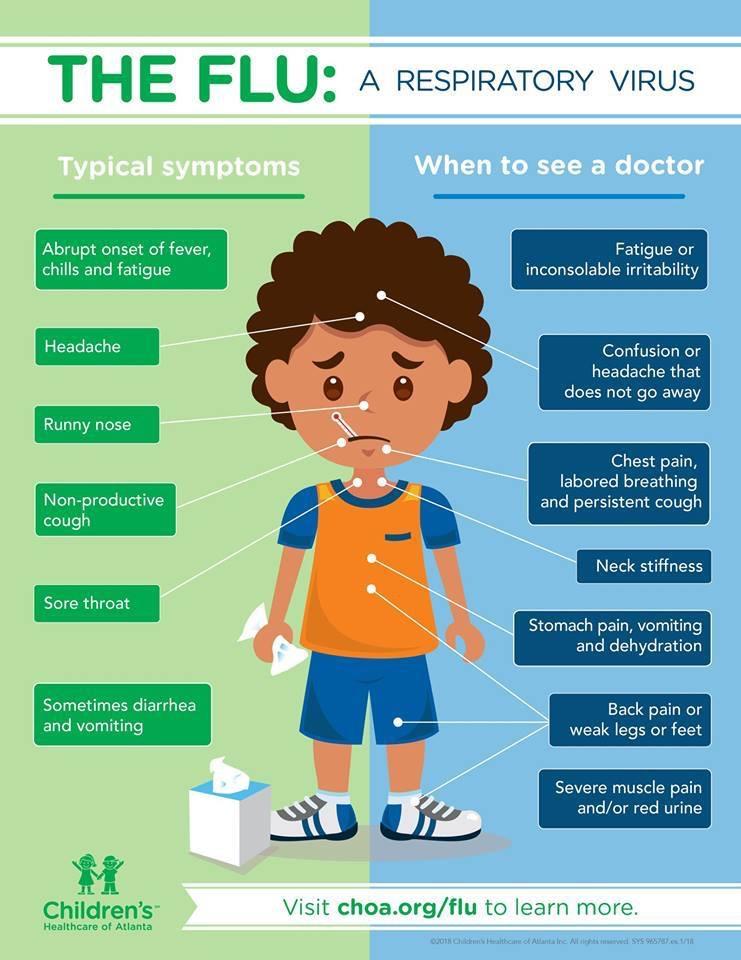 244”
244”
Date of creation: 13.07.2021
issued: Federal Treasury
Certificate period: 13.07.07.07.07.07.07 .2021 - 13.10.2022
Our news
New Year's parties
Ecolyat holiday - young environmentalists
ALL-RUSSIAN ACTION "NEW YEAR'S WINDOWS"
News archive
Difficult children. How to work with them?
Difficult children. How to work with them?
Berchatova Elvira Vladimirovna
Children - FIDGET
They are almost always excited, restless, inattentive, it is difficult for parents, educators and teachers to deal with them. “Violators of order and peace”, “uncontrollable” are the softest epithets that adults reward these children with. nine0005
“He never sits still, doesn't want to be quiet. He literally deigns me, as if he doesn’t hear that I ask him to calm down, it even seems to me that he does it on purpose to get me out, ”complains the mother of 6-year-old Denis.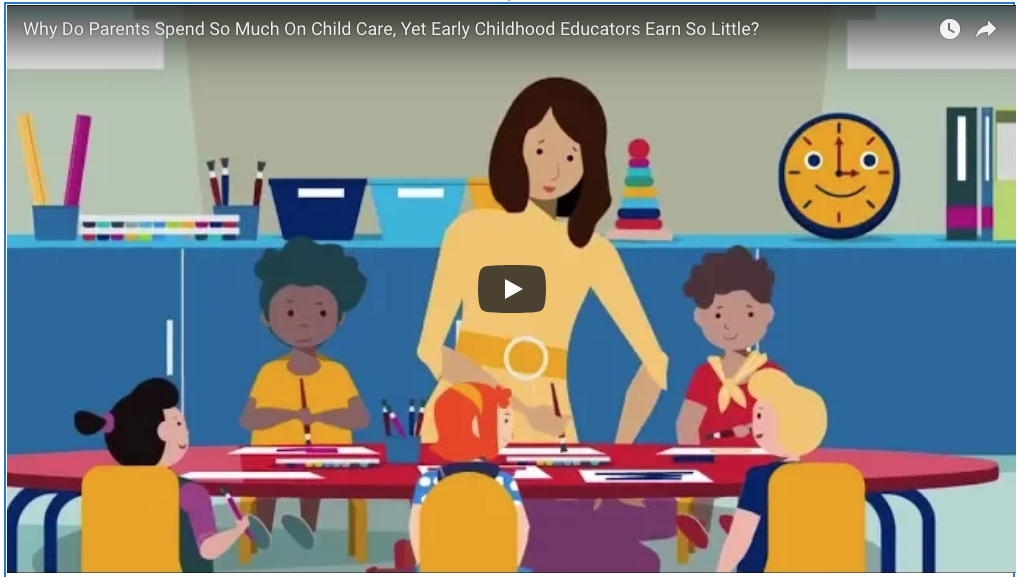 “Since he started walking, I've been on my guard all the time. He wants to do everything himself, but is not able to collect himself, is not able to fix his attention for more than a few minutes. It is difficult for him with peers, he is impatient, irritated, reacts very sharply to any refusal. His behavior creates problems everywhere - at home, in a group, and when meeting with friends, and while walking. At the same time, his mother emphasizes all the time that Denis himself learned to read at the age of 5, that he is interested in many things, he likes to speculate on various topics, but ... he is wayward and undisciplined. Denis's mother is sure that he "does not want" to obey the demands of adults and the main task is to "force" him to do everything "the right way." nine0005
“Since he started walking, I've been on my guard all the time. He wants to do everything himself, but is not able to collect himself, is not able to fix his attention for more than a few minutes. It is difficult for him with peers, he is impatient, irritated, reacts very sharply to any refusal. His behavior creates problems everywhere - at home, in a group, and when meeting with friends, and while walking. At the same time, his mother emphasizes all the time that Denis himself learned to read at the age of 5, that he is interested in many things, he likes to speculate on various topics, but ... he is wayward and undisciplined. Denis's mother is sure that he "does not want" to obey the demands of adults and the main task is to "force" him to do everything "the right way." nine0005
Unfortunately, adults are not ready not only to understand the reasons for such a child's behavior and show patience, but also to take responsibility for his condition and behavior.
As a rule, "restlessness" manifests itself quite early - by the age of 2-3, but parents explain it by playfulness, liveliness of character, conditions of upbringing, etc. It becomes more difficult at the age of 5-6, when the child is faced with the need to comply with the daily routine, class schedule, and the requirements of the educational process in preparation for school. nine0005
It becomes more difficult at the age of 5-6, when the child is faced with the need to comply with the daily routine, class schedule, and the requirements of the educational process in preparation for school. nine0005
Why do children become restless, how to detect violations in the child’s condition in time and how to respond to “stubbornness and self-will”, is it possible to teach a restless child to study, how to make work effective?
Often we ourselves provoke a child to "bad" behavior by irritation, impatience, demands that he cannot cope with. We must learn to be consistent and calm, firm but benevolent. It is important to understand that a child needs not only to be loved, but also to respect his personality. Any child, even the naughty Sami, has the right to count on our understanding and help. nine0005
Unfortunately, more than 70% of parents and 80% of teachers believe that a child should “be obedient”, should “be able to behave”, should be attentive, diligent, etc.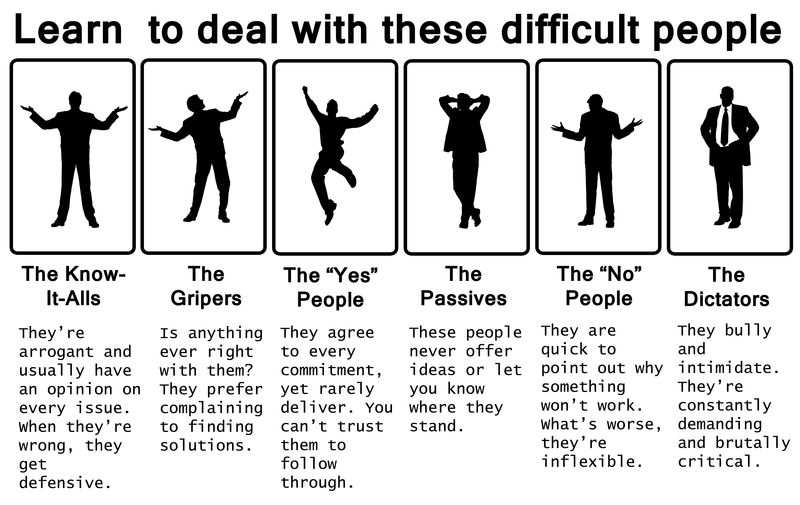 Moreover, “obedience” (which is understood as unquestioning obedience to the requirements of adults) is considered by parents to be perhaps the most important virtue of a child. A quiet, inactive, sitting for hours with his toys, the child does not interfere and, as a rule, does not cause alarm, despite the fact that he probably has a lot of problems. But noisy, restless, talking a lot, constantly demanding attention is tiring, often annoying adults. nine0005
Moreover, “obedience” (which is understood as unquestioning obedience to the requirements of adults) is considered by parents to be perhaps the most important virtue of a child. A quiet, inactive, sitting for hours with his toys, the child does not interfere and, as a rule, does not cause alarm, despite the fact that he probably has a lot of problems. But noisy, restless, talking a lot, constantly demanding attention is tiring, often annoying adults. nine0005
It is especially difficult for these children in a team, with a clearly organized regime and a system of fairly strict requirements. As a rule, these are the so-called "non-Sadovskie children."
Today, a huge number of children have a complex of manifestations of behavioral disorders: inattention, distractibility, hyperactivity, impulsivity. The presence of these signs indicates a specific mental health disorder - attention deficit disorder (ADD), or hyperkinetic syndrome of childhood. nine0005
Attention Deficit Disorder is defined as a disease in the latest medical classification.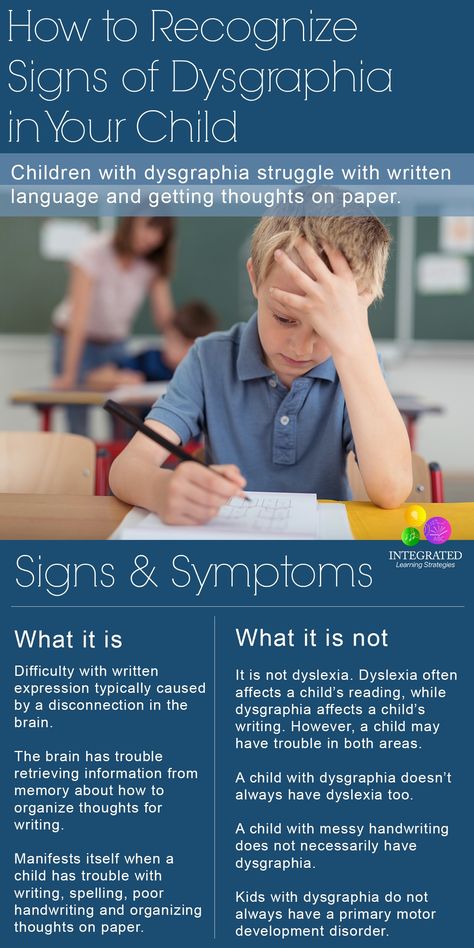 This means that the child wants, but cannot change his behavior at the request of adults. A special tactic is needed to work with such a child, and sometimes treatment.
This means that the child wants, but cannot change his behavior at the request of adults. A special tactic is needed to work with such a child, and sometimes treatment.
ADD is perhaps the most common form of conduct disorder. Children with ADD are about 15-20%, and the syndrome is 3-5 times more common in boys. So far, the causes of ADD cannot be considered clear and well studied. Researchers are considering various causes of its occurrence - from genetic to neuroanatomical and even nutritional factors. nine0005
Main symptoms of ADD:
- attention disorder,
- hyperactivity,
- impulsivity.
Changes in behavior, of course, sometimes happen to every child, for example, after an illness, there may be a violation of attention, a strong functional stress ends in an emotional outburst, an unexpected, inadequate reaction, which is taken by adults for impulsiveness. Fatigue at the initial stages, as a rule, is associated with motor restlessness, restlessness, etc. However, these are temporary (situational) manifestations of behavioral disorders. In children with ADD, these manifestations are constant. nine0005
However, these are temporary (situational) manifestations of behavioral disorders. In children with ADD, these manifestations are constant. nine0005
Attention is one of the most important mental functions that ensure the activity and learning of the child. It manifests itself as a general readiness for activity, as well as a special (selective) readiness for certain types of activity.
At the early preschool age, selective attention has not yet been formed, but at 3-4 years old the child already reacts not only to novelty, but also to diversity. Something very interesting, a new child involuntarily pays attention - he seems to freeze, his gaze is fixed on the “new”, his mouth is half open. For children with ADD, this reaction is not typical. nine0005
Older preschoolers - children 5-6 years old - have fairly well-developed voluntary attention (focus on a particular object, subject, task). However, in children with ADD, the processes of organizing attention are disturbed.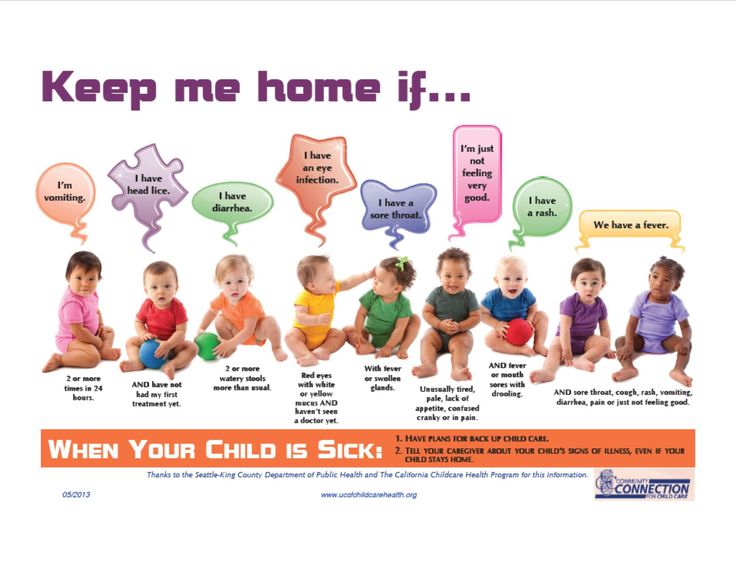 These violations are not very noticeable at a younger preschool age, but already in the systematic classes in preparation for school, they appear immediately.
These violations are not very noticeable at a younger preschool age, but already in the systematic classes in preparation for school, they appear immediately.
The inability to concentrate is the cause of difficulties in completing tasks in school. Children with ADD are able to maintain attention for only a few minutes. At the same time, during their favorite activities and games that they manage to successfully cope with, they can keep their attention and do what they love for quite a long time. This is what adults point to when they say: "Maybe when he wants." Maybe, but not only because he wants to, but because the activity allows you to feel pleasure, to achieve success. It should be noted that attention is based precisely on the principle of pleasure, satisfaction. This principle is an important factor in the organization of the mental activity of the child, it has a stimulating effect. nine0005
Problem
What needs to be done
Option 1 (there can be several options) Option 2
Result
Success failure
(Determine the
success criteria) Causes of
9000 9000
New solutions
Communication tactics with a fidget
It is important to understand that the style and tactics of our communication are laid down in early childhood. The child experiences the means of our influence (positive and negative), our reaction, our endurance. And if we try to change the situation by shouting, threatening, punishing, then by doing so we create the basis for future problems.
The child experiences the means of our influence (positive and negative), our reaction, our endurance. And if we try to change the situation by shouting, threatening, punishing, then by doing so we create the basis for future problems.
Adults want to lead the child (or find it necessary to do so). But to lead does not mean to force, to command, to demand unquestioning obedience. The child should have a desire to be led. He must trust us, and reproaches and threats do not contribute to this at all. nine0005
Effective communication depends not only on our desire to achieve certain results, but also on how we do it. And here everything matters - tone, intonation, look, gestures.
How to talk to a restless child?
1. Unacceptable (even in critical situations) rudeness, humiliation, anger. Expressions like “I can’t stand it”, “you exhausted me”, “I don’t have the strength”, “I’m tired of you”, repeated several times a day (not to mention the more rude ones), are meaningless.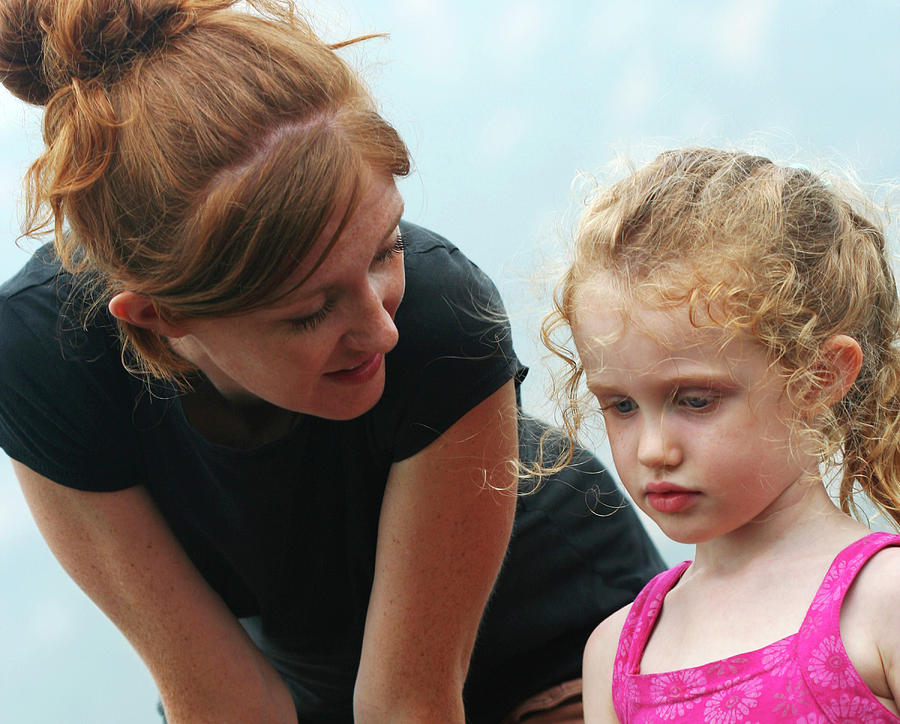 The child simply ceases to hear them. nine0005
The child simply ceases to hear them. nine0005
2. Do not talk to the child in between, irritably, showing with all your appearance that he is distracting you from more important matters than communicating with him. Apologize if you can't distract yourself, and be sure to talk to him later.
3. If there is an opportunity to be distracted even for a few minutes, put aside everything, let the child feel your attention and interest.
4. During a conversation, remember that tone, facial expressions, gestures are important, the child reacts to them more than words. They should not show discontent, irritation, impatience. nine0005
5. When talking to your child, ask questions that require long answers.
6. Encourage the child during the conversation, show that you are interested and that what he is talking about is important.
7. Don't ignore your child's requests. If the request cannot be fulfilled for some reason, do not remain silent, do not limit yourself to a short “no”, explain why you cannot fulfill it. Don't put conditions on the request, such as "If you do this, I'll do that." You can put yourself in an awkward situation. nine0005
Don't put conditions on the request, such as "If you do this, I'll do that." You can put yourself in an awkward situation. nine0005
What to do in a false situation?
1. Learn not to attach excessive importance to misconduct, to remain calm (not to be confused with ostentatious calm, when an adult makes it clear with all his appearance: “come on, come on, I don’t care, these are your problems”). This does not mean that you should always follow the child's lead, not notice his misdeeds, indulge him, not control his actions and not make any demands on him. On the contrary, clear requirements are needed (within the limits of the child's capabilities), which do not change depending on the situation and the mood of adults. Demandingness + calmness and goodwill are needed. The child must be aware that the demand is not a whim of an adult, but a refusal is not a demonstration of hostility, not a punishment for a misconduct, or simply your inattention to his request. nine0005
2.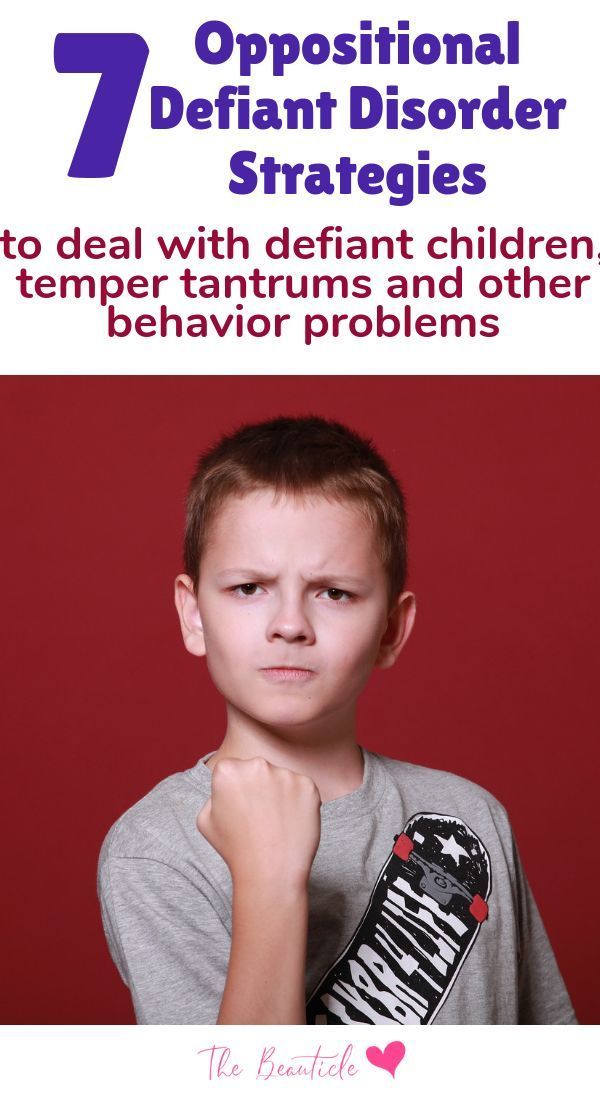 Never punish if the offense is committed for the first time, by accident or due to adult error.
Never punish if the offense is committed for the first time, by accident or due to adult error.
3. Do not equate a misdemeanor (violation of conduct) with a child. The tactics “you behave badly - you are bad” is vicious, it closes the way out of the situation for the child, reduces self-esteem, creates a situation of fear. Apparently, this is why naughty children so often ask their parents: “Do you love me?”
4. Be sure to explain what the offense is and why it is impossible to behave in this way. However, if the mother almost breaks into a scream, and the father is always ready to slap, it is hardly possible to explain to the child that screaming and fighting is not good. nine0005
5. Do not slander about misconduct, remind (for prevention), shame in front of other adults and peers. It humiliates, gives rise to resentment and pain. The child may, without realizing it, respond in kind. You should not be surprised in these cases by the childish “I hate” or “I don’t love you”, “you are evil”.
6. You should not set as an example to a "naughty" child "good" brothers and sisters, peers, reproaching "there are normal children who do not torment their parents." Parents who easily lose their temper, do not know how to control themselves, and therefore do not know how to behave, are not a good example for children. nine0005
Which method is more effective - praise or punishment?
Practice shows that parents (and not only restless children) are very stingy with approval and praise. When asked if your parents often praise you, the children answer with a long silence, and it turns out that they rarely praise you, only for a real result (a good grade, help around the house - “put out a bucket”, but never for effort, attempt. Effort, work is not received approval if there is no result that satisfies the parents. you appreciate his efforts. It is very easy to pay attention only to problems, but it is not easy to see the emerging improvement. But without the support of an adult, the child will not notice him either.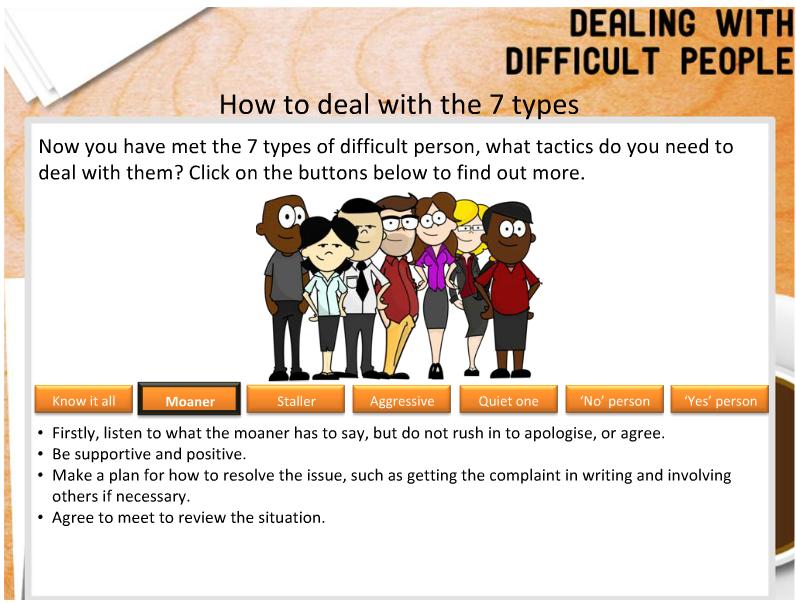 “I am sure that you will succeed”, “I will help you, and you will definitely do it .. .", "That's right", "Well done, you make me happy." These approval formulas are standard and everyone can use their own. Approval, support and praise stimulate the child, increase motivation.
“I am sure that you will succeed”, “I will help you, and you will definitely do it .. .", "That's right", "Well done, you make me happy." These approval formulas are standard and everyone can use their own. Approval, support and praise stimulate the child, increase motivation.
Harsh treatment (remarks, reproaches, threats, punishments) can increase efficiency for a short time, but in most children it causes resentment, anxiety, and increases the fear of failure. Moreover, this anxiety and fear of parental anger provoke new offenses, although the fear of censure and punishment often creates the illusion of a positive change in the situation. Compliance and obedience are often achieved at the expense of accumulated bitterness, negative emotions and disruption of relationships. The threat is based on the assumption that fear may be a sufficient motive to achieve some result (and indeed, there may be a short-term effect), but the feeling of resentment (especially perceived as undeserved resentment) usually backfires. nine0005
nine0005
Therefore, it is recommended to praise the child more often than to condemn him, to encourage, rather than notice failures, to inspire hope, and not emphasize that changing the situation is impossible. In order for a child to believe in his success, in the possibility of overcoming problems, adults must believe in this.
Do we need an obedient child?
It would seem a strange question about restless, restless, inattentive children. Surveys show that teachers and parents identify obedience, discipline and diligence as the most desirable qualities for a child. While talking about the problems of inattentive fidgets (which many adults consider naughty) and how to help such children, we nevertheless tried not to talk about obedience. Obedience is not a quality that should be elevated to the rank of the main dignity of a child. nine0005
Undoubtedly, it is easier for adults with an obedient child. Firstly, because adults are busy and, naturally, want the child not to interfere, to be comfortable. Secondly, because adults are impatient and set to realize their pedagogical claims on the principle of "immediately and now", without much effort, on the command "said - done." Thirdly, no matter what we say about the child's right to respect, attention, understanding, adults do not put the child's problems at the forefront, but their desires and requirements. nine0005
Secondly, because adults are impatient and set to realize their pedagogical claims on the principle of "immediately and now", without much effort, on the command "said - done." Thirdly, no matter what we say about the child's right to respect, attention, understanding, adults do not put the child's problems at the forefront, but their desires and requirements. nine0005
Very indicative and typical are the requests of parents who come with "problem" children for a consultation: "Help to cope with the child...", "How to force...", "How to change behavior?". At the same time, the child must always change, and very rarely adults are ready to change their attitude towards him. Sometimes it is impossible to convince them that the baby cannot be the way they want to see him. Recommendations to change the attitude towards the child, “change anger to mercy”, try to be patient, condescending, benevolent, are perceived with even greater difficulty and resistance. Of course, all this requires a lot of work on oneself, but, unfortunately, it is impossible to influence the situation otherwise.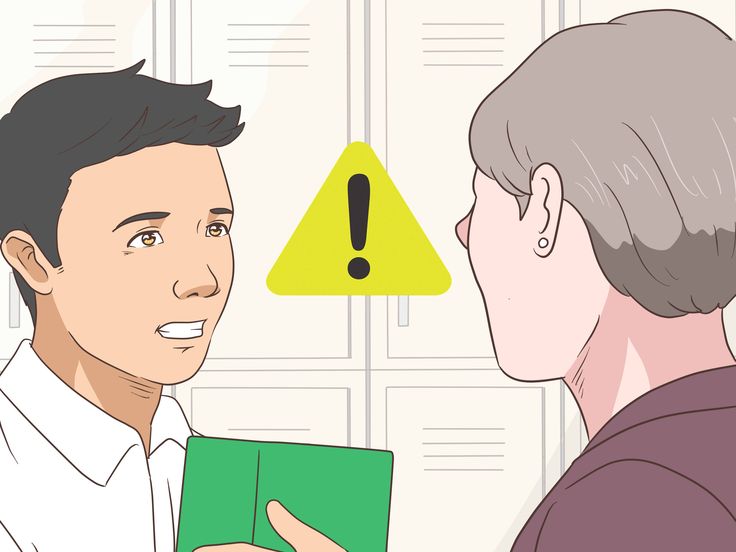 nine0005
nine0005
Let's think about what the fight against disobedience is aimed at. On the unquestioning submission of the child to the will of adults. Let us imagine a family where strictness, exactingness, and harsh treatment rule, where a restless, fussy, absent-minded child receives endless remarks and does not have any concessions. The result of such an attitude is a downtrodden, timid (even if sometimes aggressive), embittered, constantly holding back protest, a person who lives with a sense of failure and in an alarming anticipation of new failures. nine0005
Features of communication with "difficult" preschoolers
With all the variety of problems faced by educators, two groups of difficulties in communicating with adults can be distinguished, which are most typical for preschoolers. These are impulsivity (hyperactivity) and inhibition (passivity) of children. For all their opposites, these features equally complicate communication and need timely correction.
Let us give a brief description of these difficulties. nine0005
nine0005
Impulsive children are extremely mobile and emotional. They are characterized by increased activity, fussiness, disorganization. They willingly accept any offers, join any game with interest, but very quickly lose interest and cool down. It is difficult for such children to follow the rules of the game, to sit in class, to do one thing for a long time. It is difficult for them to listen to an adult - they cannot listen to the explanation to the end, they are constantly distracted. Obviously, such children represent a serious problem in every group. They may talk loudly in class or simply leave if they are not too interested. nine0005
Striving for independent action (“I want it that way”) turns out to be a more significant and powerful motive than any rules. At the same time, such children may know the rules of behavior very well, but these rules do not yet act for them as a significant motive for their own actions. The intellectual level and creative activity of such children can be quite high, but in the situation of classes they are often distracted themselves and interfere with others. The main problem of these children is the underdevelopment of arbitrariness, the inability to restrain their immediate, situational desires. nine0005
The main problem of these children is the underdevelopment of arbitrariness, the inability to restrain their immediate, situational desires. nine0005
Inhibited, passive children, on the contrary, are extremely calm and assiduous. They do not stand out in any way, do not violate discipline and do not interfere with anyone. They calmly and obediently carry out the instructions of an adult, observe the rules of conduct in everyday life and in the classroom. such children are very "comfortable" in the group - they do not require attention, they are almost invisible. However, such humility should be alarming, because behind it there may be a lack of interest in the environment - in games, in objects, in independent activity. nine0005
As a rule, passive children have a reduced emotional tone, they rarely and quietly laugh, they are not surprised at anything, they do not show interest in games and activities, although they participate in them on an equal basis with others. They rarely and quietly speak, it is difficult to get a detailed answer from them, and even more so an independent statement.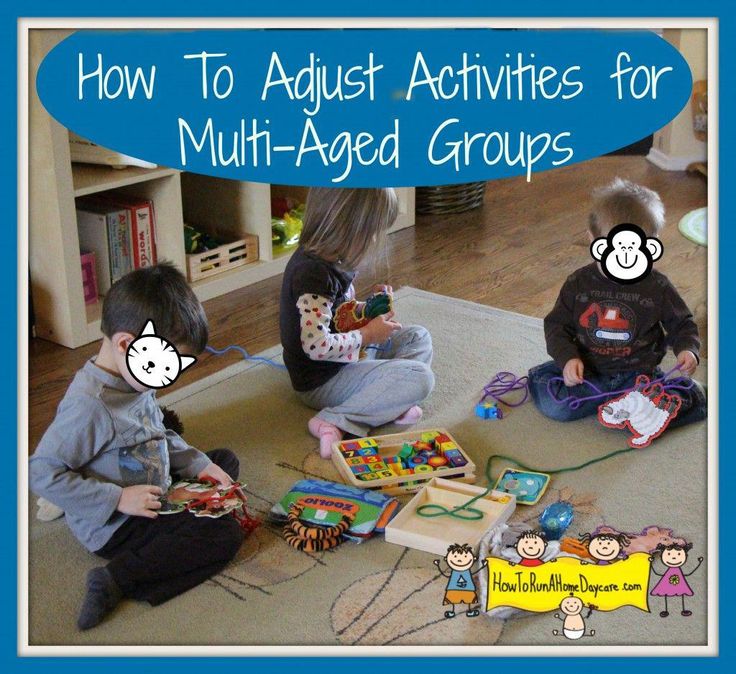 They indifferently accept any suggestions from an adult, never refuse him, but as soon as they need to show their initiative in a game or in class (think up something, compose, answer a difficult question), they are silent, lower their eyes, shrug their shoulders and obviously do not know , what to do. In their behavior, especially in a new, problematic situation for them, one feels stiffness and tension, which prevents them from engaging in activities and expressing themselves. Their attention is usually focused on an adult, from whom they constantly look for guidance and instructions. nine0005
They indifferently accept any suggestions from an adult, never refuse him, but as soon as they need to show their initiative in a game or in class (think up something, compose, answer a difficult question), they are silent, lower their eyes, shrug their shoulders and obviously do not know , what to do. In their behavior, especially in a new, problematic situation for them, one feels stiffness and tension, which prevents them from engaging in activities and expressing themselves. Their attention is usually focused on an adult, from whom they constantly look for guidance and instructions. nine0005
Despite the humility and "obedience" of such children, their obedience to any rules, it is difficult to communicate with them: they never object, do not express their point of view, do not show themselves. And without such mutual activity, communication is impossible and comes down to the one-sided guidance of an adult and the subordination of a child. Although these children do not bring much trouble to the caregiver, they should cause serious concern.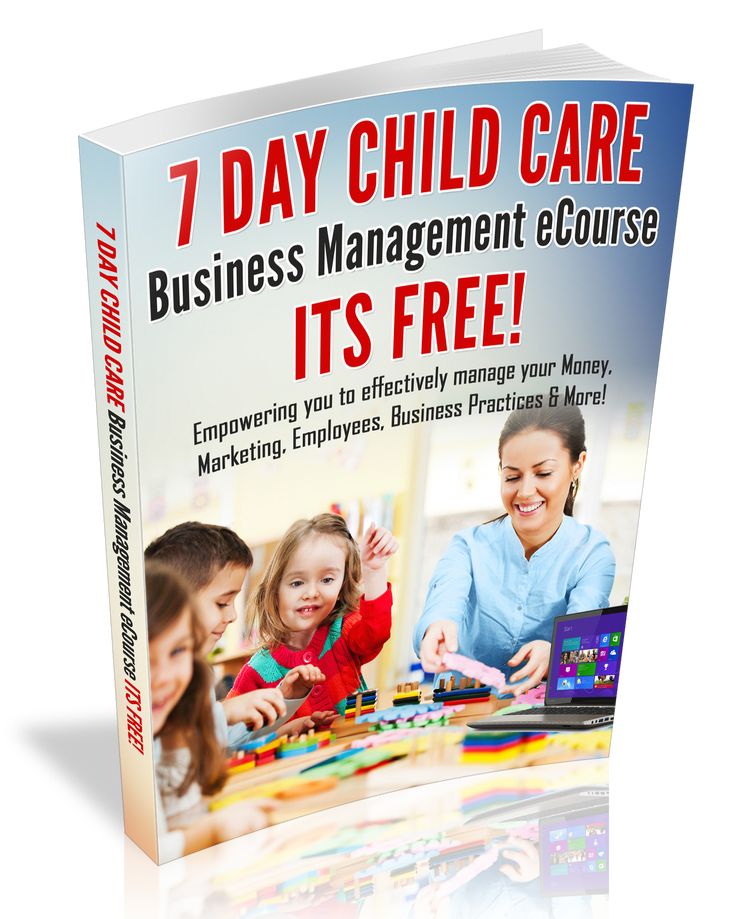 Their passive, inconspicuous behavior may indicate the underdevelopment of the motivational sphere, the absence of their own interests and creative activity. nine0005
Their passive, inconspicuous behavior may indicate the underdevelopment of the motivational sphere, the absence of their own interests and creative activity. nine0005
The described groups of children can be identified through observation. However, the increased activity of the child does not always indicate his hyperactivity and lack of arbitrariness, and passive behavior - about the underdevelopment of interests and creative activity.
Since these two groups of children have different psychological backgrounds, it is clear that these groups require different pedagogical strategies and need different styles of communication with the caregiver. nine0005
Peculiarities of communication with impulsive (aggressive) children
Sometimes aggressiveness is stimulated indirectly in children - due to the constant viewing of cartoons of the corresponding content, action films, "horror films", various programs, where motives of violence are present in one form or another. If an adult on-screen "villain" seems funny or grotesque, then a preschooler perceives his behavior as an admirable example, and he does not think about the suffering of the victims at all. nine0005
nine0005
Toys specially produced for playing according to the plots of popular foreign cartoons, "children's action films" and "horror films" that are used by children in games without realizing the true motives have a similar effect.
In kindergartens, there is a fashion for such games from time to time precisely because one of the children brought the appropriate toys. The teacher in this situation cannot completely debunk the new favorite characters in the eyes of the children. The only thing in his power is to prevent the appearance of imported cartoons with aggressive content in the group. Instead, it is better to show domestic cartoons that are more suitable for children, organize their discussion, and play individual episodes of them with children (this is especially good in the younger and middle groups). nine0005
The artistic skill of the educator, his ability to captivate children with the game, unobtrusive explanations and discussion of the actions of the characters, the ability to come up with a continuation of the fairy tale, story (which is more within the power of the pupils of the older group) - all this will help to distract children from warlike games and show them the possibility of peace-loving, good ways to communicate. The brighter and more expressive the kind, positive hero is, the more he will attract the attention and sympathy of the child, and even if he cannot fully compete with some kind of "terminator", then at least it will give an opportunity to compare them and think about the choice of a behavior model. nine0005
With older children, it is advisable to discuss not only cartoons, but also books, talk about why the characters act this way and not otherwise. The teacher reads to the children the fiction provided by the program (in the classroom or outside of them), and then they necessarily discuss what they read. It is very useful in these conversations to unobtrusively compare positive and negative characters that are well known to children. For example, it is easy to compare the adventures of the Hare and the Wolf from the cartoon "Well, you wait!" and the Cat and Mouse from Tom and Jerry. nine0005
Popular children's books are suitable for discussing the motives of the characters' behavior, understanding their true or feigned kindness, starting with the "ABC" by L.
